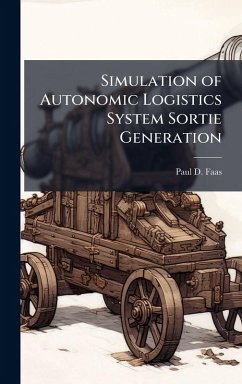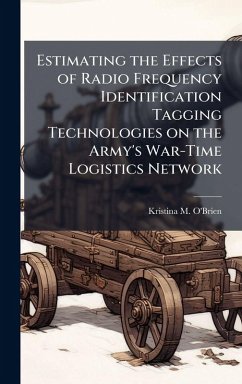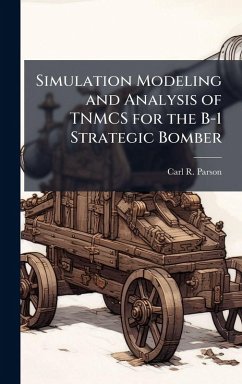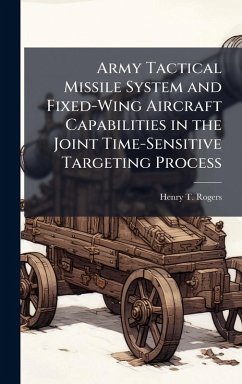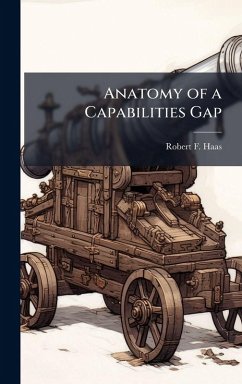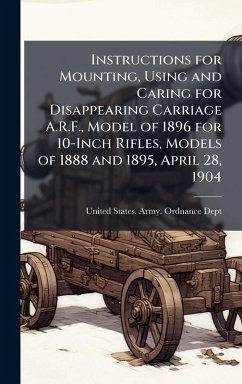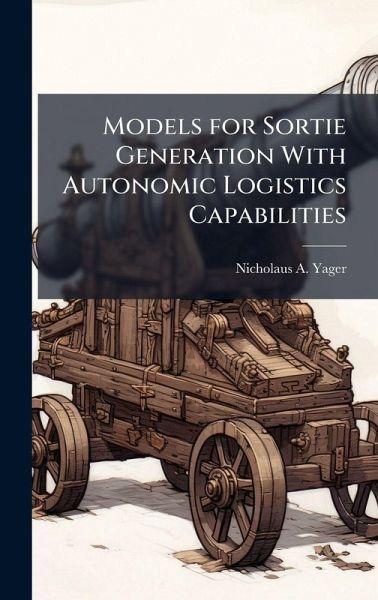
Models for Sortie Generation With Autonomic Logistics Capabilities
Versandkostenfrei!
Versandfertig in über 4 Wochen
27,99 €
inkl. MwSt.
Weitere Ausgaben:

PAYBACK Punkte
14 °P sammeln!
The primary objective of this research is to investigate the impact of an autonomic logistics system (ALS) on the sortie generation process for an individual airbase. As in some prior studies of this process, the methodology used to model the sortie generation process is a queueing network containing fork-join nodes for concurrent maintenance activities. The sortie generation rate is commonly regarded as the primary performance measure of the sortie generation process. This measure coincides with the throughput and is used to compare two models: i) pre-ALS operations and ii) ALS-enhanced airba...
The primary objective of this research is to investigate the impact of an autonomic logistics system (ALS) on the sortie generation process for an individual airbase. As in some prior studies of this process, the methodology used to model the sortie generation process is a queueing network containing fork-join nodes for concurrent maintenance activities. The sortie generation rate is commonly regarded as the primary performance measure of the sortie generation process. This measure coincides with the throughput and is used to compare two models: i) pre-ALS operations and ii) ALS-enhanced airbase operations. Analysis of the models shows that the ALS model yields higher generation rates under a variety of scenarios resulting from the differences in the sortie generation process that are inherent when an ALS is implemented. These results demonstrate that implementation of an ALS will positively impact the sortie generation process by increased sortie generation rates with equivalent or reduced resource levels. This work has been selected by scholars as being culturally important, and is part of the knowledge base of civilization as we know it. This work was reproduced from the original artifact, and remains as true to the original work as possible. Therefore, you will see the original copyright references, library stamps (as most of these works have been housed in our most important libraries around the world), and other notations in the work. This work is in the public domain in the United States of America, and possibly other nations. Within the United States, you may freely copy and distribute this work, as no entity (individual or corporate) has a copyright on the body of the work. As a reproduction of a historical artifact, this work may contain missing or blurred pages, poor pictures, errant marks, etc. Scholars believe, and we concur, that this work is important enough to be preserved, reproduced, and made generally available to the public. We appreciate your support of the preservation process, and thank you for being an important part of keeping this knowledge alive and relevant.



